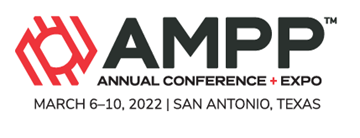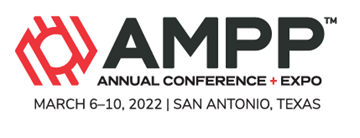Search
Formicary Corrosion And EAC Of Copper Tubes In Contact With Building Sealant
Also Purchased
Historical Perspective of Corrosion by Potable waters in Building Systems
Product Number:
93509-SG
Publication Date:
1993
$20.00
Formulation Of Novel Combination Production Chemicals For Deepwater Oil And Gas Fields
Product Number:
51322-17608-SG
Publication Date:
2022
$20.00
Galvanic Interactions Between Surface Layers And Bare Carbon Steel In Aqueous CO2 Environments
Product Number:
51322-17654-SG
Publication Date:
2022
$20.00




